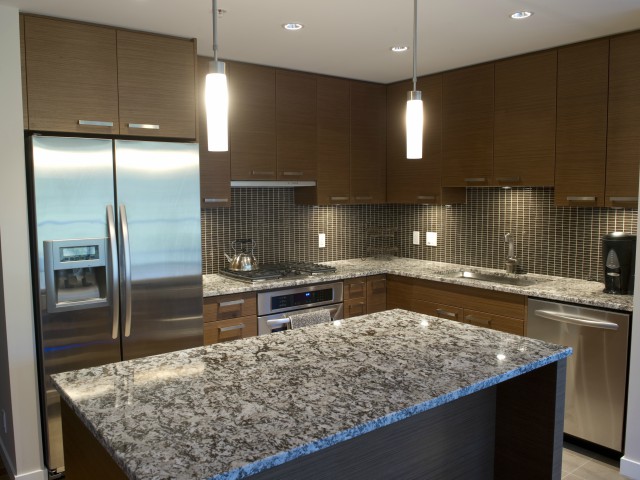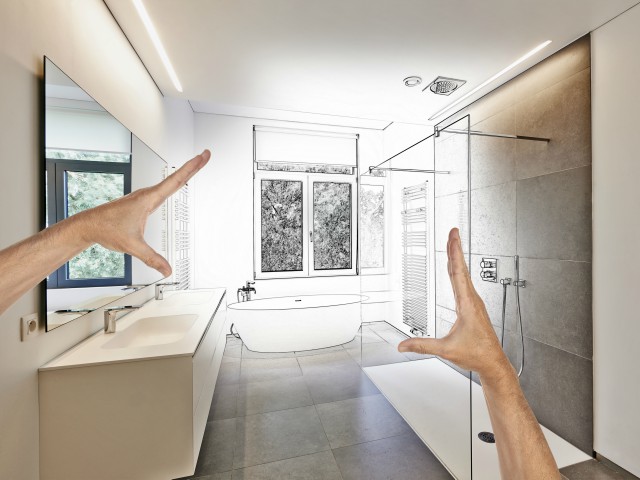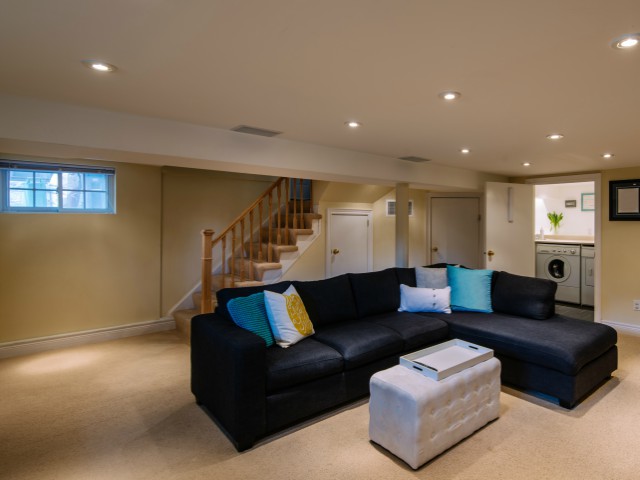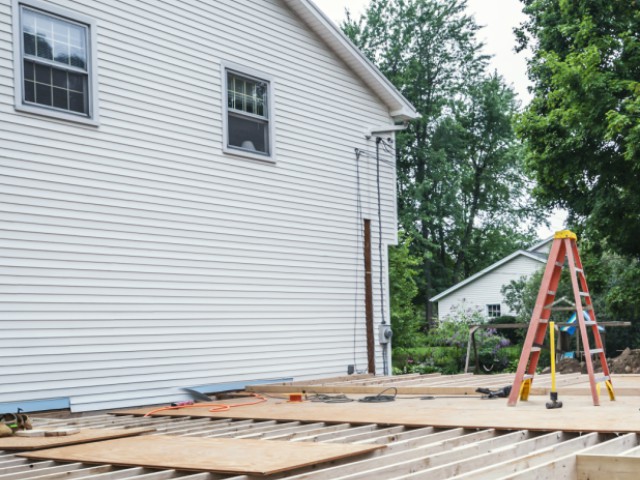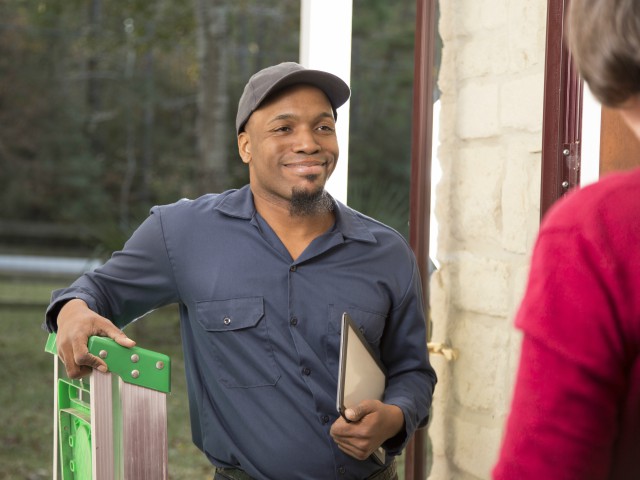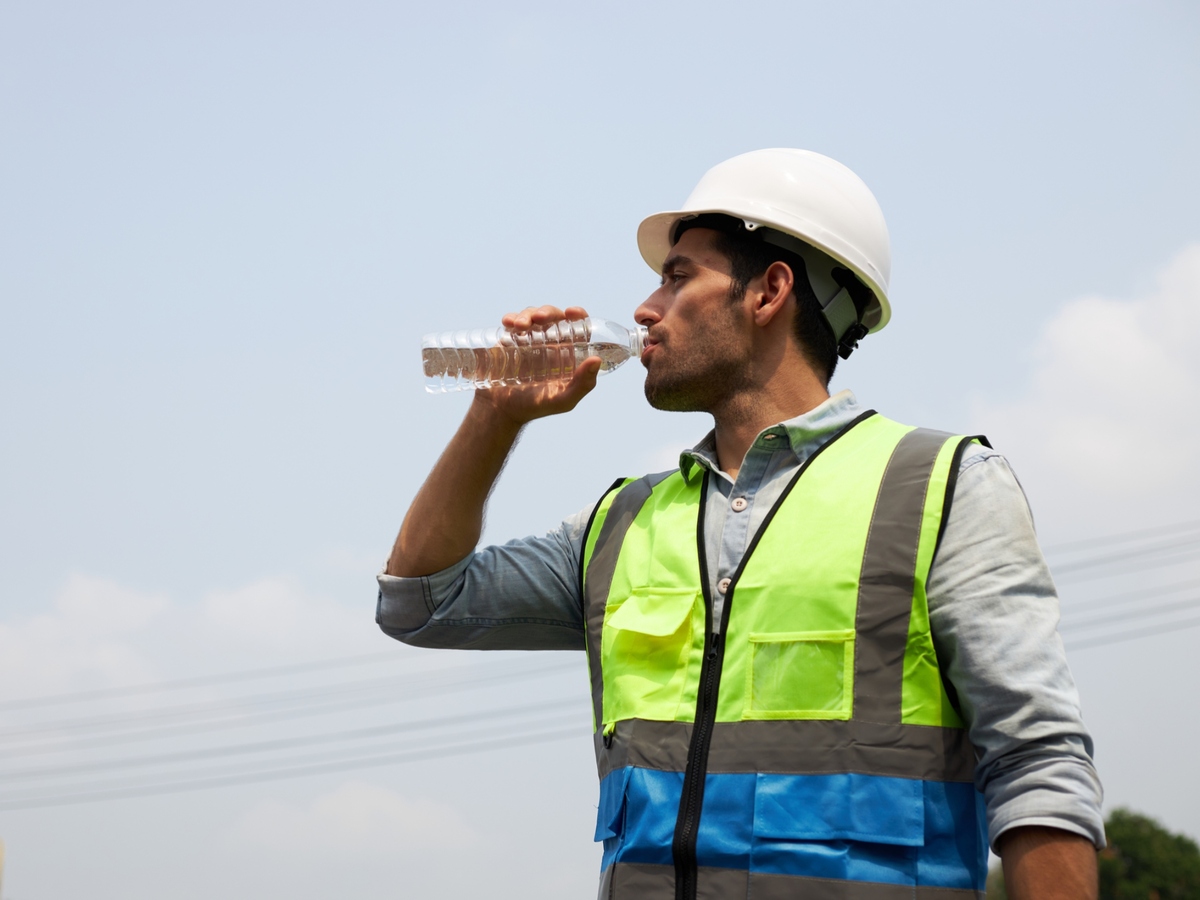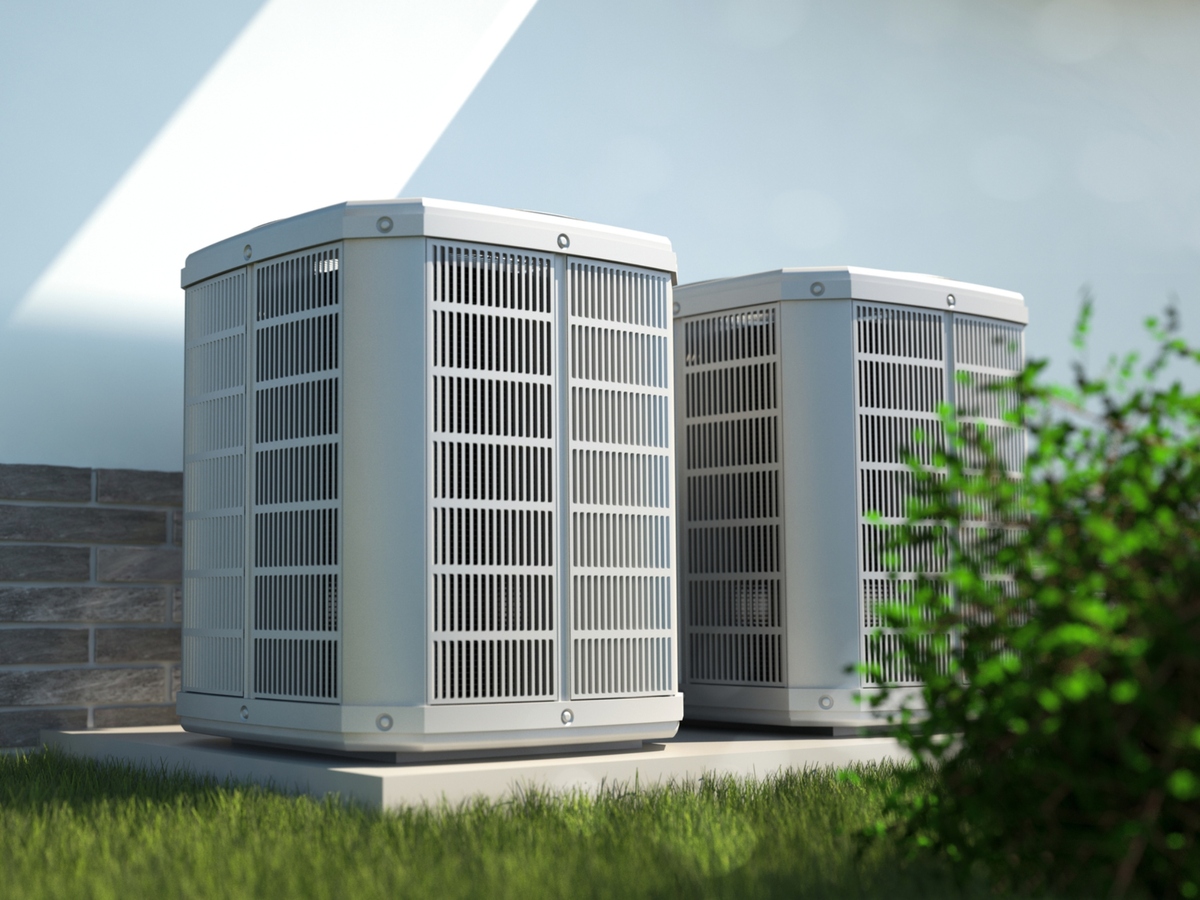 The summer sun is shining and the warmer weather is here, so rooftop solar panels are at the top of many Cobb EMC members’ minds. To better understand the rooftop solar market in our area and what members should consider, we sat down with Cobb EMC’s Vice President of Power Supply, Rates, and DER Strategy, Tim Jarrell.
The summer sun is shining and the warmer weather is here, so rooftop solar panels are at the top of many Cobb EMC members’ minds. To better understand the rooftop solar market in our area and what members should consider, we sat down with Cobb EMC’s Vice President of Power Supply, Rates, and DER Strategy, Tim Jarrell.
Stop sweating it out on your second floor. This video shows how you can stay cool and save all season long.
If your home has a second story, nobody has to prove to you that heat rises; you already know that. For many, the answer is to crank up the air conditioning even more, but that typically just turns your living room into an ice box. The real key to upstairs comfort is limiting heat gain and circulating the air.
Ceiling fans make upstairs rooms feel cooler by circulating the air and providing a cooling sensation on your skin. Just be sure to turn them off when you leave to avoid wasting energy.
Invest in thermal blocking drapes and close them whenever there is direct sunlight. This will limit heat gain, keeping your entire house cooler.
Because we're so used to air conditioning, it's easy to forget that sometimes it's actually cooler outside. On cool nights, open your windows and let that air in. If it's still too warm upstairs, hire a qualified professional to check your attic for air leaks and ensure that it's properly insulated.
Now, go ahead and enjoy your upstairs this summer. It's cool.
Discover the many perks of EV home charging, including convenience, affordability and safety.
Electric vehicles have a great advantage over their internal combustion counterparts: They can be charged at home.
A Level 2 home charger employs a 240-volt outlet — similar to what an electric dryer uses — and can add up to 30 miles of range per hour of charging. Charging an EV overnight ensures sufficient range for the next day. You can wake up ready to roll, without ever having to visit a gas station.
Home charging also takes advantage of the stable price of electricity. No more gas-pump surprises at the unpredictable and wildly fluctuating cost of gasoline.
Although not everyone may have the ability to charge at home, electric cars remain convenient, affordable and safe. It's like they say, home is where the car is.

